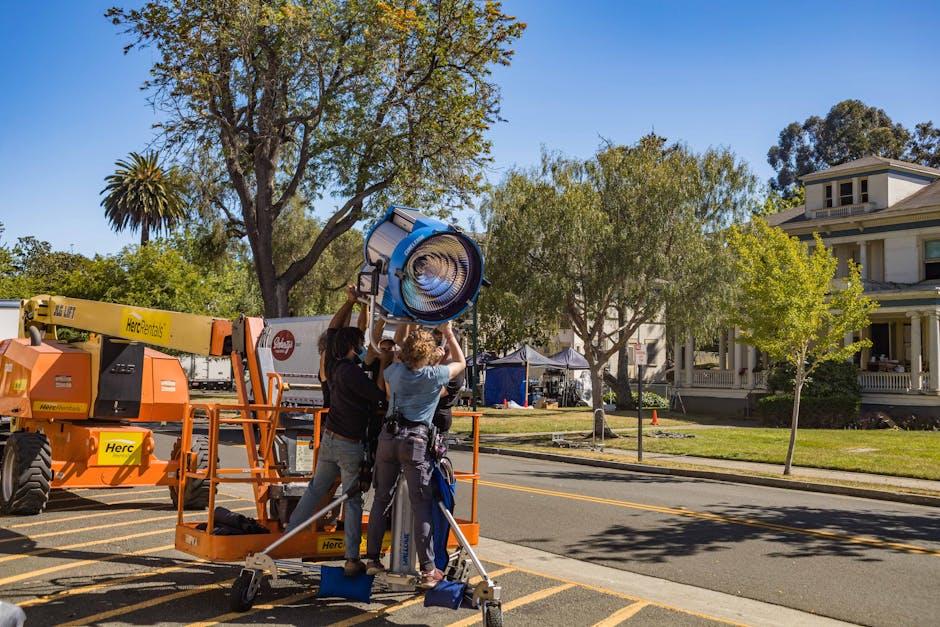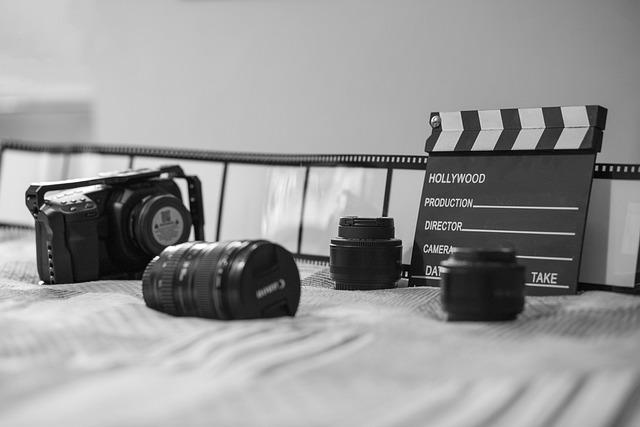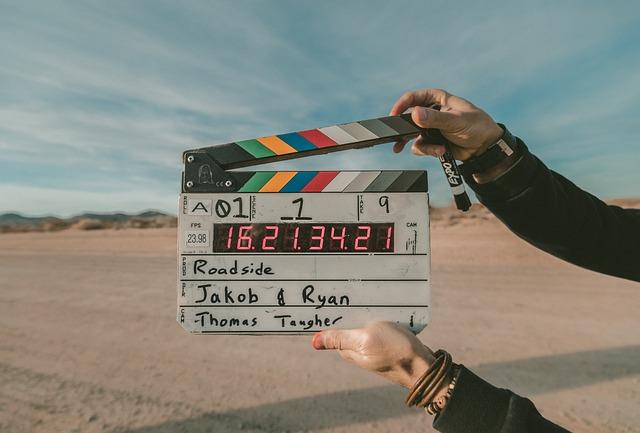In the realm of cinema, the director often stands as the central figure, frequently hailed as the visionary architect behind a film’s success or failure. This perception raises an intriguing question: can a single director truly be considered the sole author of a film? While auteur theory has long championed the director as the primary creative force, this view oversimplifies the intricate tapestry of collaboration inherent in filmmaking. By examining the interplay between directors, writers, cinematographers, actors, and other key contributors, we can better understand the complexities of authorship in film and challenge the notion of singular creative ownership. This article delves into the multifaceted dynamics at play, offering a nuanced perspective on the collaborative essence of cinema.
The Auteur Theory: Examining the Directors Role in Film Authorship
The auteur theory posits that a director’s vision is the guiding force behind a film, elevating them to the status of the primary author. This concept suggests that the director’s personal influence is evident in every aspect of the film, from visual style to thematic elements. However, can a single director truly encapsulate the entirety of a film’s authorship?
While directors undeniably shape a film’s direction, the collaborative nature of filmmaking challenges the idea of singular authorship. Consider the following contributors:
- Screenwriters: They craft the narrative and dialogue, providing the foundational blueprint.
- Cinematographers: Their visual expertise translates the director’s vision into stunning imagery.
- Editors: They sculpt the final product, often redefining the story through cuts and transitions.
- Composers: Their music adds emotional depth, influencing the audience’s experience.
- Actors: Their performances bring characters to life, often improvising and adding unique nuances.
These collaborators bring their own artistry, suggesting that while the director is a central figure, the film’s authorship is a tapestry woven by many hands. The auteur theory may elevate the director’s role, but it overlooks the intricate collaboration essential to filmmaking.

Collaborative Creativity: The Contributions of Cast and Crew
In the intricate tapestry of filmmaking, the director often stands as the figurehead, yet the magic of cinema is woven from the collaborative efforts of a diverse ensemble. Each member of the cast and crew brings a unique thread of creativity, contributing to the final masterpiece. From the screenwriter who crafts the narrative foundation to the cinematographer who paints with light, their collective vision shapes the film’s essence.
Consider the actors, who breathe life into characters, infusing them with emotion and depth, or the production designer, whose artistry transforms mere sets into immersive worlds. Behind the scenes, the editors sculpt the narrative flow, while the sound designers create auditory landscapes that resonate with the audience. This symphony of talents ensures that a film’s authorship is a shared endeavor, embodying a tapestry of perspectives and skills:
- Screenwriter: Lays the narrative groundwork.
- Cinematographer: Captures the visual poetry.
- Actors: Personify the story’s soul.
- Production Designer: Crafts the film’s universe.
- Editors: Weave the story’s rhythm.
- Sound Designers: Enhance emotional depth.

Legal Perspectives: Copyright and Authorship in Filmmaking
In the intricate tapestry of filmmaking, the notion of a single director as the sole author is a contentious topic. Legally, copyright law often attributes authorship to the director, but this perspective overlooks the collaborative nature of film production. A film is a complex mosaic, crafted by various contributors such as:
- Screenwriters: They lay the foundation with the script, influencing narrative structure and dialogue.
- Cinematographers: Their visual storytelling shapes the aesthetic and mood of the film.
- Editors: They piece together scenes, crafting the final rhythm and pace.
- Actors: Their performances breathe life into characters, adding depth and nuance.
While directors orchestrate these elements, the creative synergy of all involved parties challenges the idea of singular authorship. The legal framework, though supportive of directors’ rights, often fails to encapsulate the multifaceted contributions of the film crew. Thus, the debate remains: should authorship be viewed through a more collaborative lens, reflecting the collective creativity inherent in filmmaking?

Recommendations for Recognizing Collective Creative Efforts
In the collaborative world of filmmaking, recognizing the multitude of voices that contribute to the final product is crucial. Acknowledging these diverse contributions can enhance the appreciation of the film as a multifaceted work of art. Here are some key recommendations:
- Credits Expansion: Consider expanding the traditional credits to highlight the roles of writers, cinematographers, editors, and designers. This not only gives visibility to their creative input but also educates audiences on the collaborative nature of filmmaking.
- Awards and Recognition: Encourage award bodies to create categories that celebrate ensemble efforts. Recognizing teams rather than individuals can foster a more inclusive appreciation of the creative process.
- Behind-the-Scenes Documentation: Producing detailed behind-the-scenes content can offer insights into the collaborative efforts involved. This transparency helps demystify the process and showcases the synergy required to bring a film to life.
By embracing these strategies, the industry can move towards a more comprehensive understanding of authorship, one that honors the collective genius behind the cinematic experience.

